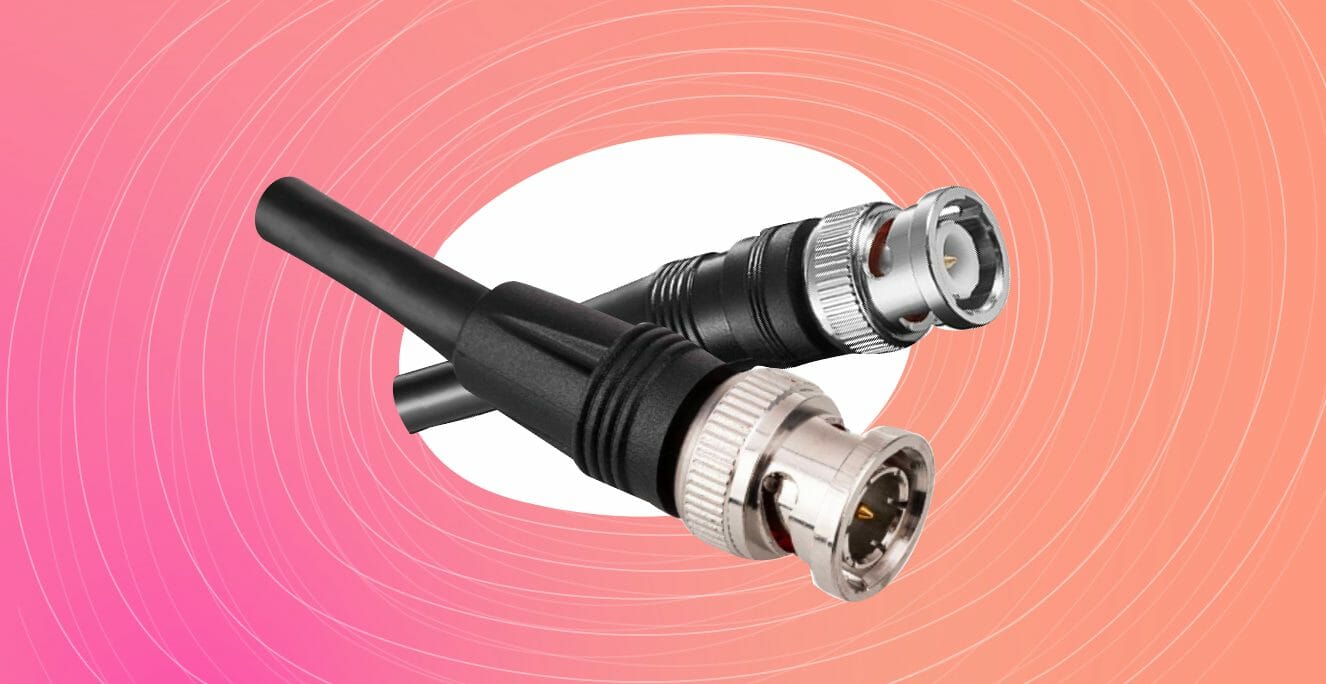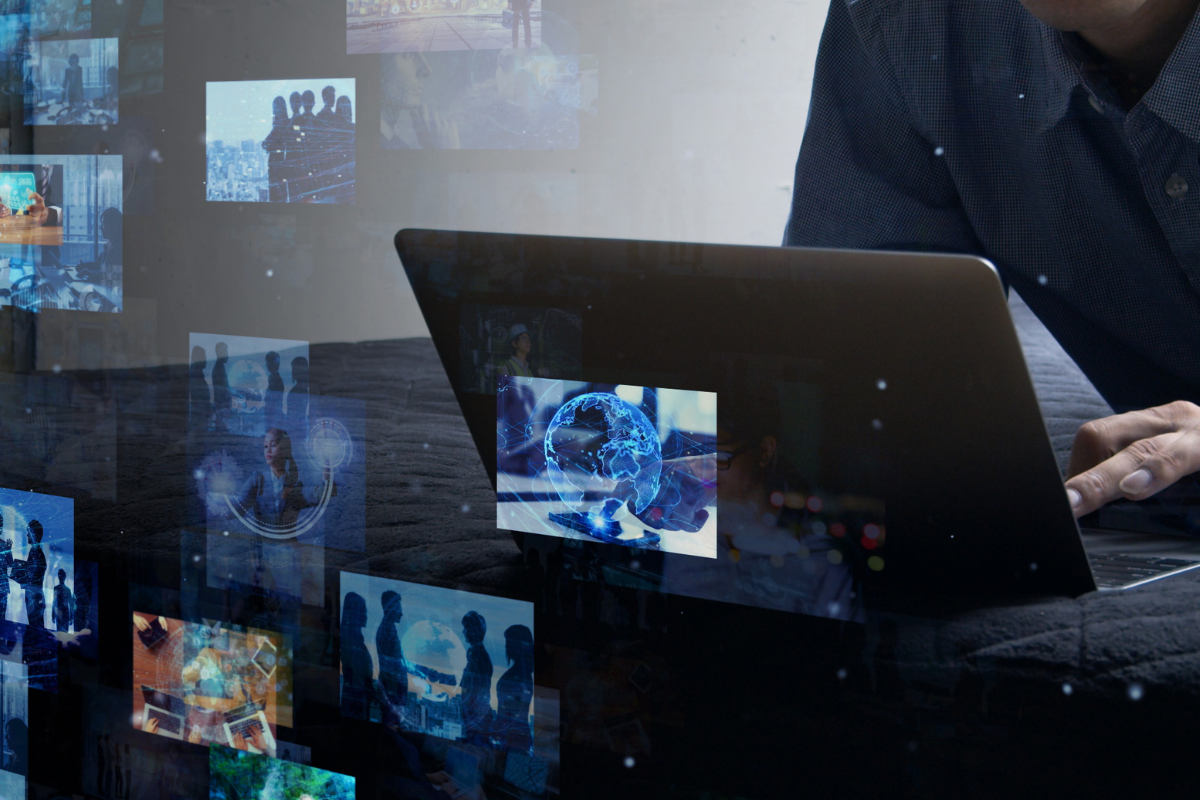Broadcast Automation for Broadcasting and Production Teams

Broadcast media is content that is distributed to large audiences. Traditionally, “broadcast” was used to describe television and radio, but it now includes content distributed through the internet and streaming services. Broadcast automation can significantly impact broadcast productions with large teams and budgets but short production times or live broadcasting.
Broadcast teams may shoot raw footage using multi-cameras, especially for sports, news, and musical performance. The crew may be on location capturing video while the postproduction team is editing and adding sound and visual effects simultaneously from a studio or multiple remote environments. The finished video may be widely distributed over several channels to audiences worldwide.
At the same time, other broadcasters may be capturing videos of the same event, especially in the case of news and sports coverage. When competing crews cover the same event, your loyal viewer needs to know they are viewing your production. Brand consistency is the key to broadcast media loyalty because viewers can readily identify your company. With all the players in the mix, how do you ensure that your videos are readily identifiable as yours? It’s all about branding.
Managing and Controlling Brand Assets
Your viewer’s experience will be curated and predictable when everything is right. Minor deviations may seem like no big deal, but branding mostly engages consumers unconsciously. Brand elements work on associations that build trust. The consumer’s loyalty and trust may be affected when something breaks the .
For video, branding assets are more than just logos, fonts, and colors. Your brand defines the user’s experience when viewing content and in the video. That experience is multisensory. In addition to text styles, graphic elements, and color schemes, your brand also includes audio (music, voiceovers, sound effects), the visual layout of the screen, the chyron location and style, the colorization palette, transition animations, special effects, and much more.
The files that make up these branding elements are media assets. Brand guidelines tell your creatives how to use the assets to produce content that aligns with your brand, but retrieving the correct version of the assets can be time-consuming and error-prone. There is no time for errors or misplaced files in broadcast video production. The camera crew needs to be able to ingest and attach metadata quickly and have it readily accessible so multiple creatives can begin editing the content and preparing it for distribution.
The proper Media Asset Management (MAM) system will optimize broadcast production and postproduction and control branding assets. Your team will readily find current, approved versions of the assets.
Your MAM system is essential for managing assets in broadcast media. When looking for effective MAM solutions for broadcast, key features like artificial intelligence and machine learning technology to enrich the metadata further. Your MAM should support communication, collaboration, automation, and workflow orchestration. Because many broadcasters have vast media archives and often have sophisticated OnPrem investments, a hybrid cloud solution that connects location crews and remote or studio-based editors may be the best fit.
While brand guidelines are helpful, templating and prebuilding sequences can ensure brand consistency and reduce production time. Quickly getting the finished video true to the brand is critical for broadcast media production. That’s where broadcast automation can make a big difference.
Editing software can be integrated with templates to provide further control over branding consistency. For example, in Adobe Premier Pro and After Effects, Motion Graphic Templates allow editors to work more efficiently. These templates can include a wide range of assets, including raw footage, prebuilt sequences, graphics, music, sound effects, After Effects compositions, and other assets essential to branding. Teams can share these templates globally with all the editors on the team, so everyone has access to the most up-to-date assets. These templates can reduce versioning time by 84%.
Ensuring you are taking full advantage of your MAM’s features is essential. Sometimes you have a powerful MAM, like CatDV, but you only take advantage of a fraction of the system’s power. CatDV, with its powerful asset management functions, automation, workflow orchestration, and collaboration tools, is well suited for broadcast production. Bringing in solution experts can help you get more out of your existing MAM. That was the case with our client, New Psalmist Baptist Church. They were already experienced in the broadcast when they approached us to partner with them to take full advantage of CatDV MAM’s workflow automation.
Contact Us Today
CHESA has a passion for the nuances of media workflow integration. We have strong partnerships with the best-of-breed technology providers in the creative IT industry. We take a holistic approach in recommending solutions that bring real value and benefits to your organization rather than selling technology for technology’s sake. Our team comes to the table with deep knowledge of the tools and vendors and is ready to address the demands and requirements of your environment and advance your business goals. Contact us today to find out more about how a Digital Asset Management Platform can foster collaboration at your organization.


















